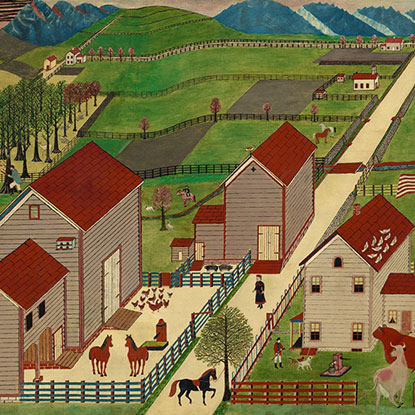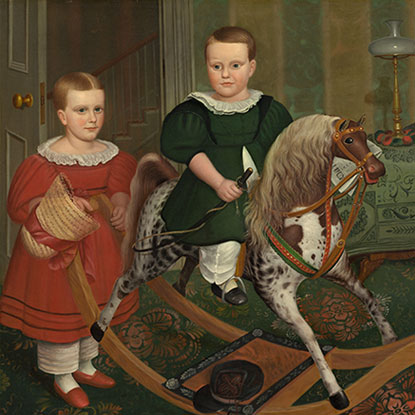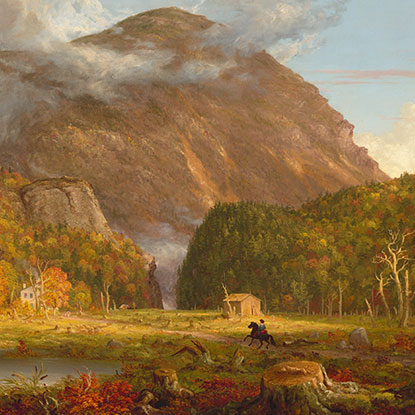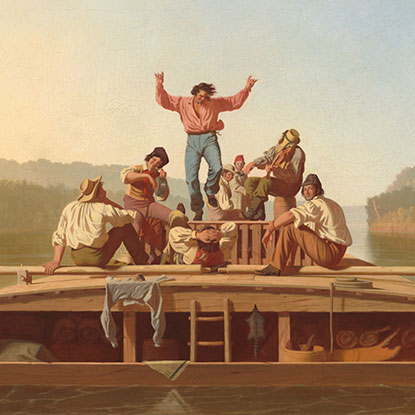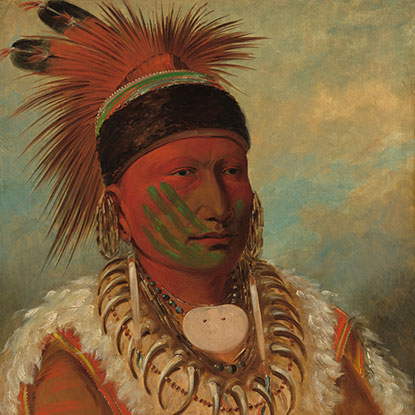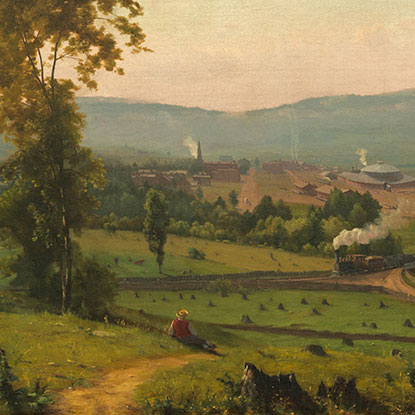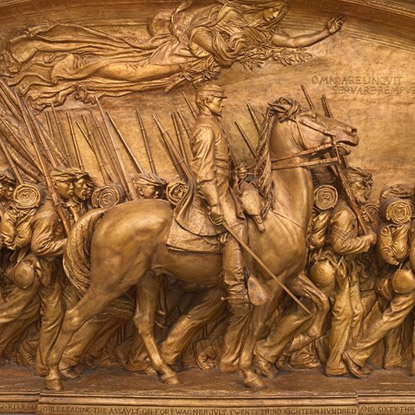19th-Century America in Art & Literature
In the United States, the nineteenth century was a time of tremendous growth and change. The new nation experienced a shift from a farming economy to an industrial one, major westward expansion, displacement of native peoples, rapid advances in technology and transportation, and a civil war. In these lessons, works of art from the nineteenth century are paired with written documents to be used as primary sources for students to reconstruct the influence of technology, geography, economics, and politics on daily life.
Create portraits and construct panoramic landscapes using naive paintings from the NGA with Faces & Places
Borrow the teaching packet Art&
Borrow the DVD American Art, 1785-1926: Seven Artist Profiles
Download or borrow the teaching packet The Inquiring Eye: American Painting
Add primary sources from the Library of Congress’s “American Memory” project
Register for evening and weekend teacher professional development workshops and apply to participate in the summer teacher institute
